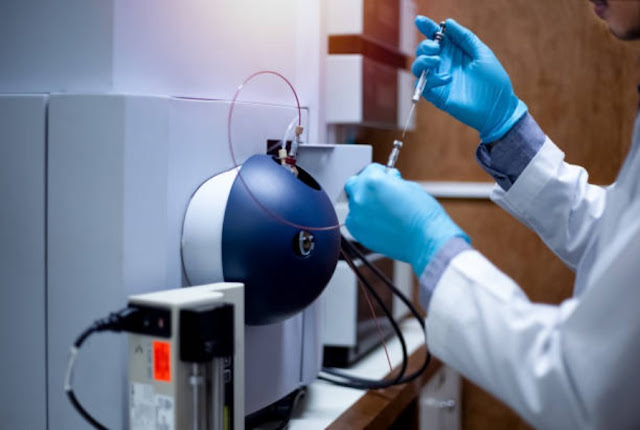Electric Vehicle Batteries
Introductory Chemistry of a Battery
As advised in advance, there are numerous unique
chemistries for batteries. Every chemistry has its execs and cons. But
irrespective of the chemistry, there are a few standard things for all
batteries. Let us check them without getting tons into their chemistry.
A battery has three essential layers: the
Cathode, Anode, and Separator. The Cathode is the advantageous layer of the mortar,
and the Anode is the terrible layer of the storm. When a load is linked to the
battery terminals, present-day (electrons) float from Anode to Cathode.
Similarly, when a charger is associated with the battery terminals, the flow of
electrons from the Cathode to the Anode is shown within the discerning above.
For any battery to work, a chemical
response referred to as Oxidation-Reduction Reaction should occur. Sometimes
additionally called a Redox Reaction. This response occurs between the Anode
and Cathode of the battery via the electrolyte (separator). The Anode aspect of
the battery can be willing to gain electrons. For this reason, Oxidation will
occur, and the Cathode aspect of the battery might be ready to free electrons,
and as a result, Reduction, Reaction will occur. Because of this reaction, ions
are from the Cathode to the Anode side of the battery through the separator. As
a result, there will be more ions amassed inside the Anode. So to neutralize, Anode
has to push the electrons from its side to the Cathode.
But the Sieve only lets in the float of
ions through it and blocks any electron movement from the Anode to Cathode. So
the handiest manner battery can transfer the electrons is thru its outer
terminals, that is why while we join a load to the terminals of battery we get
a cutting-edge (electrons) flowing through it.
Lithium Battery Interaction Fundamentals
Since we will deliberate on lithium
batteries as they may be the most favored battery for EVs, shall we dig in a
chunk more on its chemistry? Of course, there are many sorts of Lithium, But; again,
every chemistry has traits, which are neatly illustrated in the underneath
image through Boston Consulting institution.
Of those, Lithium nickel Cobalt Aluminum is
the most used due to its low price. We get into greater of those parameters
later in this newsletter. But one not-unusual aspect you may note right here is
that Lithium is found in all batteries. This is primarily due to the electron
configuration of the Lithium. A neutral Lithium metal atom is proven beneath.
It has an atomic number of three, which
means three electrons could be round its nuclease, and the outmost shell has
the handiest valence electron. This valance electron is pulled out during the
response, giving us one electron and a lithium-ion with electrons forming a
lithium-ion. As mentioned in advance, the electron will float as contemporary
thru the outer terminals of the battery, and the lithium-ion will flow even through
the electrolyte (separator) for the duration of the redox response.
.jpg)


